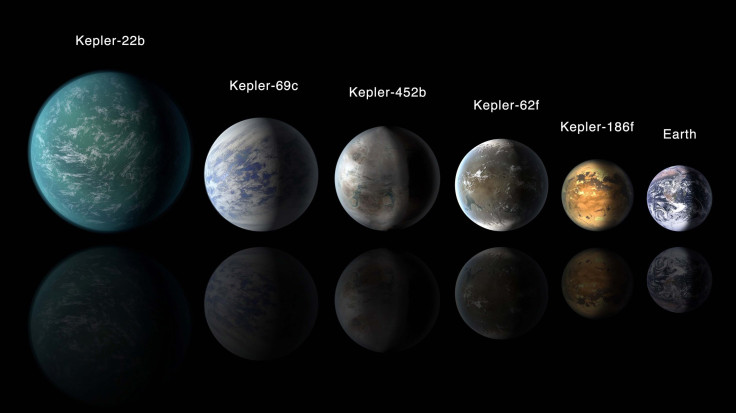New Planets Discovered In Greater Numbers Than Previously Thought

New planets could be forming around young stars in much greater numbers than what was previously established, according to a new study published by a group of astronomers.
The group arrived at the conclusion after discovering some figures formed by seemingly invisible bodies as they swarmed around a cluster of young stars nearby the constellation Taurus. The formed patterns could not be attributed to any defined cosmic bodies other than the possibility that they are formed by rapidly spinning entities otherwise known as young planets.
To understand their hypothesis, it is important to note how the solar system was formed some 4.6 billion years ago. Previous studies concluded that before the solar system came to what people know it now to be, it first began as one big rapidly spinning swirl of gas and dust around the sun or what was known today as the “protoplanetary disk.”
As the so-called disk continued swirling around the sun, it picked up matter along the way, subsequently clumping into a separate ball of matters, until eventually becoming the planets. As the newly formed planets continued to spin, they increasingly grew until they formed their own rings into the disk from which they formed. After billions of years, the solar system came to the arrangement it has at present.
With that in mind, the team observed the young stars they spotted in constellation Taurus and found them to be surrounded by vast clouds and dust located approximately 450 light years away from Earth.
Specifically, the team detected 32 stars surrounded by protoplanetary disks. Of these, 12 contain rings and gaps identifiable to newly forming baby planets. The team then calculated their movements and concluded that most of the young planets are growing to become exoplanets or what otherwise known as Neptune-sized gas planets or super-Earths.
Neptune-sized gas planets or super-Earths are terrestrial planets of up to 20 Earth masses. Two of the planetary disks observe in the study, however, are showing signs that it is growing to become as large as Jupiter.
"This is fascinating because it is the first time that exoplanet statistics, which suggest that super-Earths and Neptunes are the most common type of planets, coincide with observations of protoplanetary disks," Feng Long, the lead author of the study and a doctoral student at the Kavli Insitute for Astronomy and Astrophysics at Peking University in Beijing, said.
As of Dec. 6, NASA said there are 3,848 confirmed exoplanets, 2,899 candidate planets, and 2,870 planetary systems. The first group of exoplanets was discovered in the early 1990s. Since then the number of identified exoplanets doubled every 27 months, according to NASA.
© Copyright IBTimes 2024. All rights reserved.





















